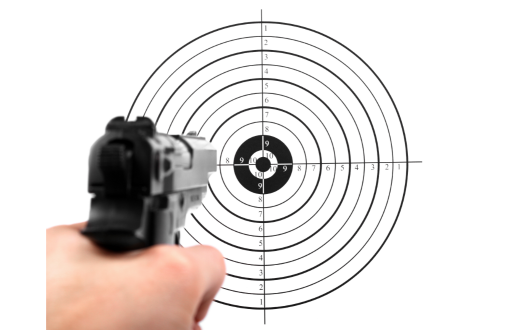In today’s uncertain world, personal safety has become a top priority for many individuals. While there are various methods of self-defense, gun training has gained significant popularity due to its potential effectiveness in dire situations. However, owning a firearm alone is not sufficient to ensure your safety. It requires comprehensive training, understanding, and adherence to responsible practices. In this blog post, we will explore practical techniques and strategies for gun training specifically aimed at self-defense scenarios.
Seek Professional Training
When it comes to firearms, safety should be the foremost concern. Seeking professional training from certified instructors is crucial for anyone considering gun ownership for self-defense. These instructors possess the knowledge and experience to teach you the fundamentals of firearm safety, marksmanship, and self-defense strategies. Through their guidance, you will learn the proper techniques for handling, storing, and using firearms, ensuring the safety of yourself and others.

Familiarize Yourself with Your Firearm
It is essential to be intimately familiar with the firearm you own or plan to use for self-defense. Spend time learning about its components, functions, and operation. Practice basic handling techniques, such as proper grip, stance, and trigger control. Understanding your firearm’s capabilities and limitations will enable you to make better decisions in high-stress situations.
Practice Regularly
Regular practice is crucial to build and maintain proficiency with firearms. It is not enough to simply own a firearm; you must dedicate time to training and honing your skills. This includes range time to practice shooting accurately under controlled conditions. Additionally, consider incorporating dry-fire practice at home, focusing on techniques like sight alignment, trigger control, and drawing from a concealed holster. The more you practice, the more muscle memory you develop, which can be invaluable in a high-pressure self-defense situation.
Develop Situational Awareness
Self-defense is not solely dependent on firearms. Developing situational awareness is equally vital. Being aware of your surroundings, recognizing potential threats, and assessing escape routes can help you avoid dangerous situations altogether. By cultivating a proactive mindset, you may be able to identify potential threats before they escalate, giving you the opportunity to de-escalate or remove yourself from harm’s way.
Understand Legal Implications
With the privilege of self-defense comes the responsibility of understanding the legal implications. Familiarize yourself with local, state, and national laws regarding self-defense and the use of firearms. Seek legal advice if necessary to ensure you have a clear understanding of your rights and obligations. Remember, responsible gun ownership includes knowing when to use your firearm as a last resort and only in situations where your life or the lives of others are genuinely at risk.
Consider Additional Training
Beyond basic gun training, consider exploring additional courses or techniques tailored to self-defense scenarios. Some examples include close-quarter combat training, defensive shooting drills, and decision-making under stress. These specialized training programs can provide valuable insights and skills specific to self-defense situations, helping you respond effectively and confidently when faced with a threat.
Gun training for self-defense is a multifaceted discipline that requires continuous dedication and responsibility. Owning a firearm does not automatically guarantee safety; it is the knowledge, skills, and mindset acquired through proper training that increase your chances of protecting yourself and those around you. By seeking professional instruction, regularly practicing, staying aware of your surroundings, understanding the law, and considering specialized training, you can develop the necessary skills and confidence to navigate self-defense scenarios more effectively. Remember, the goal is to be prepared and equipped to handle potentially dangerous situations responsibly and with the utmost care for all involved.

